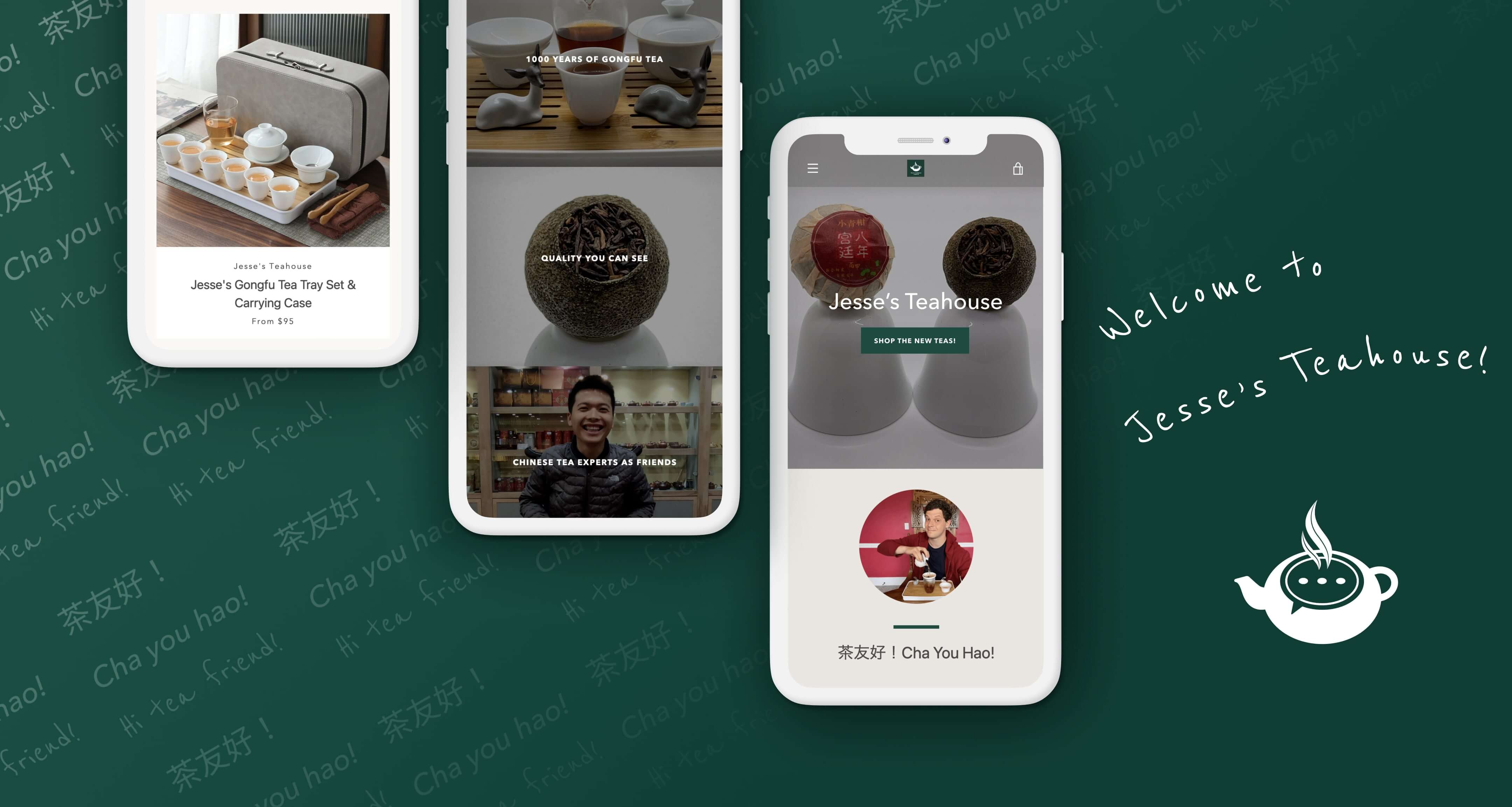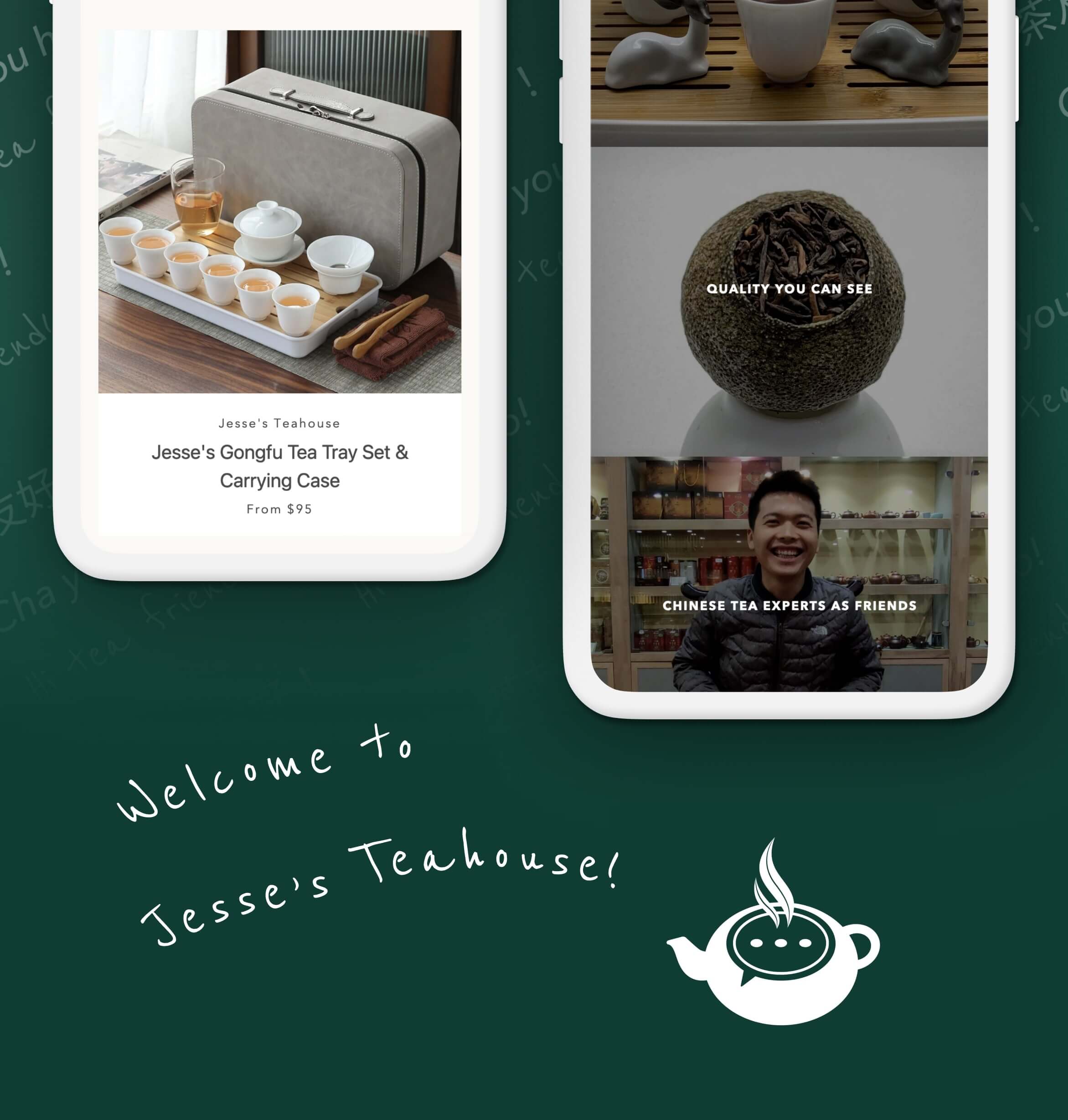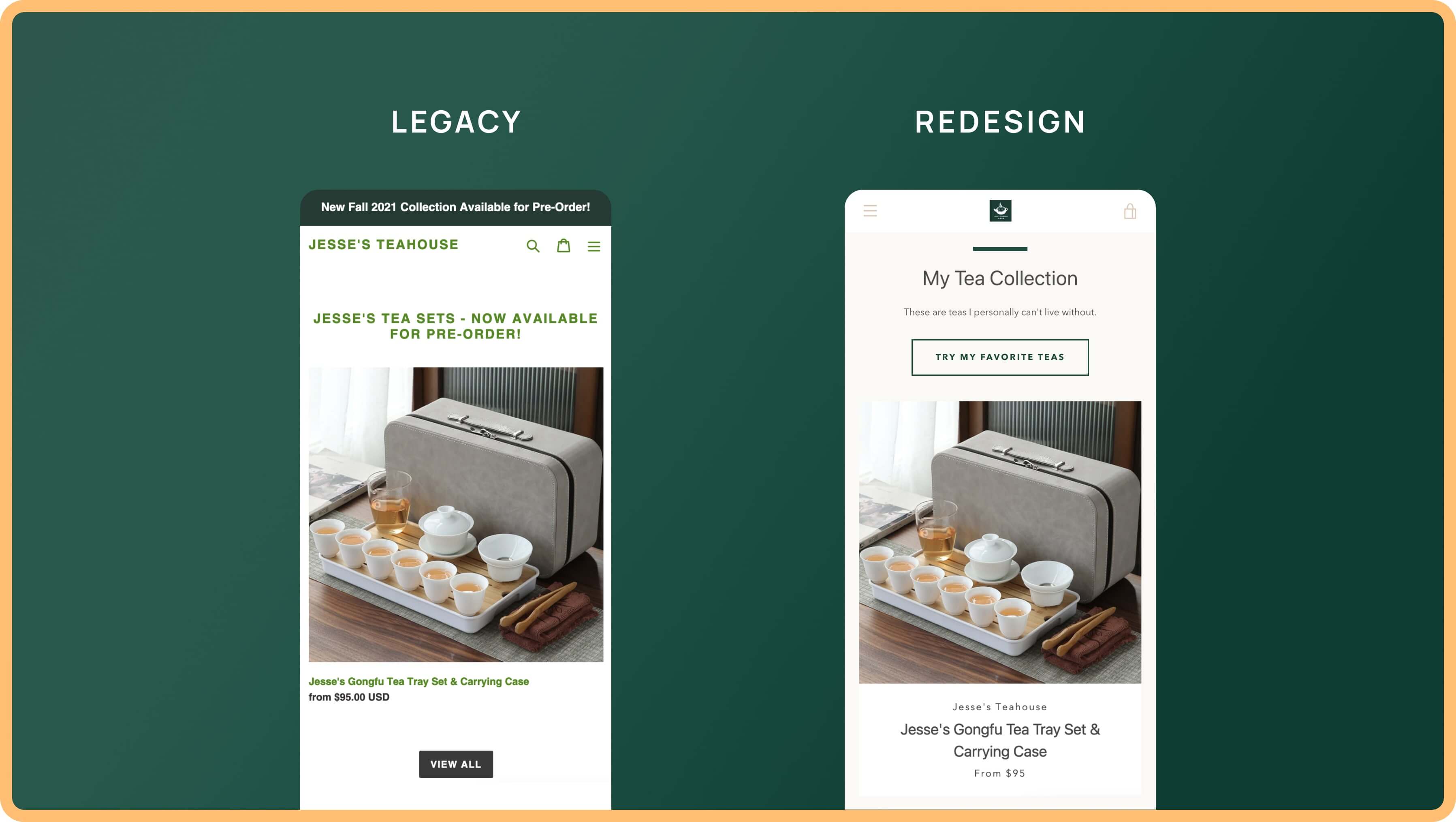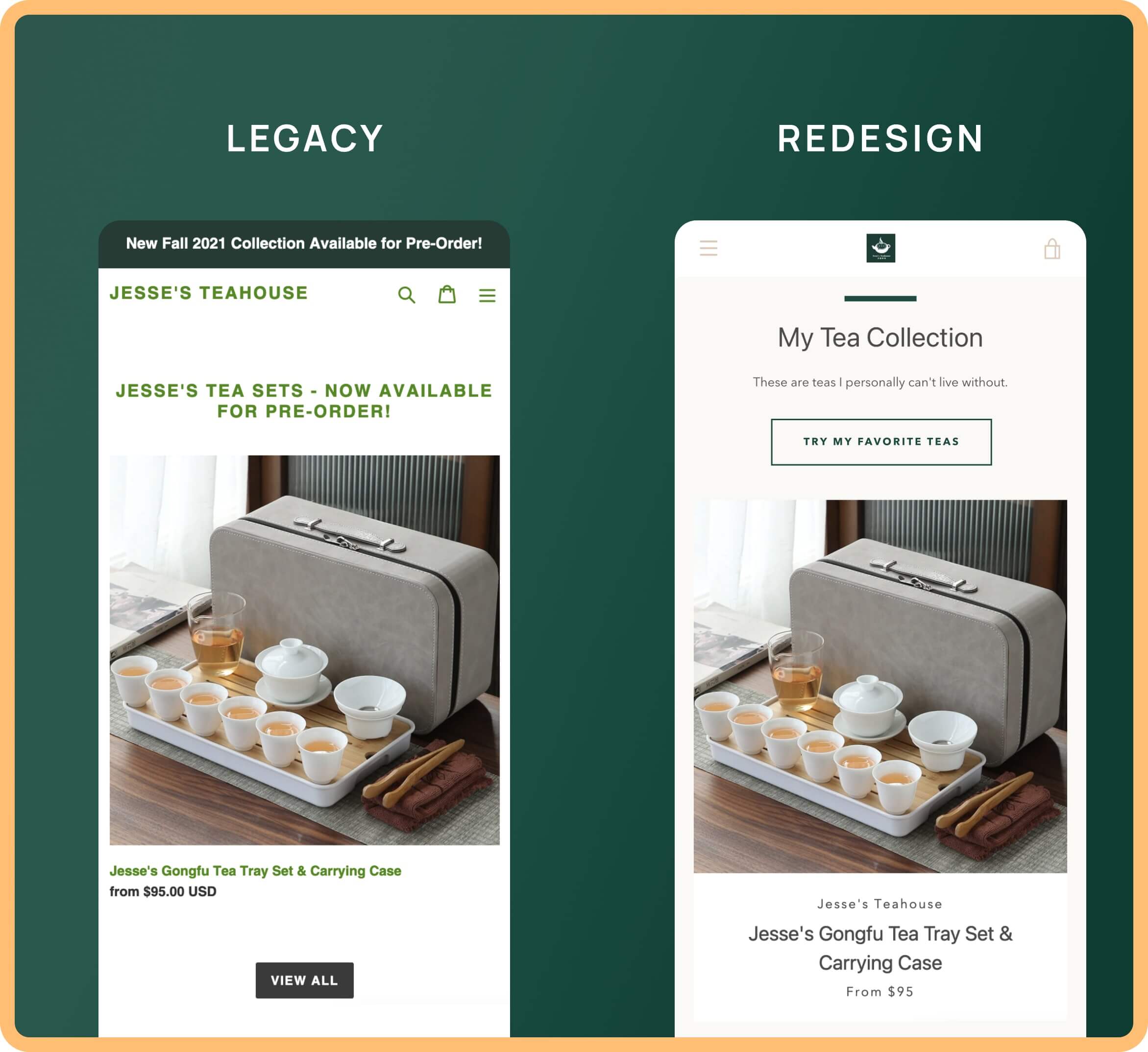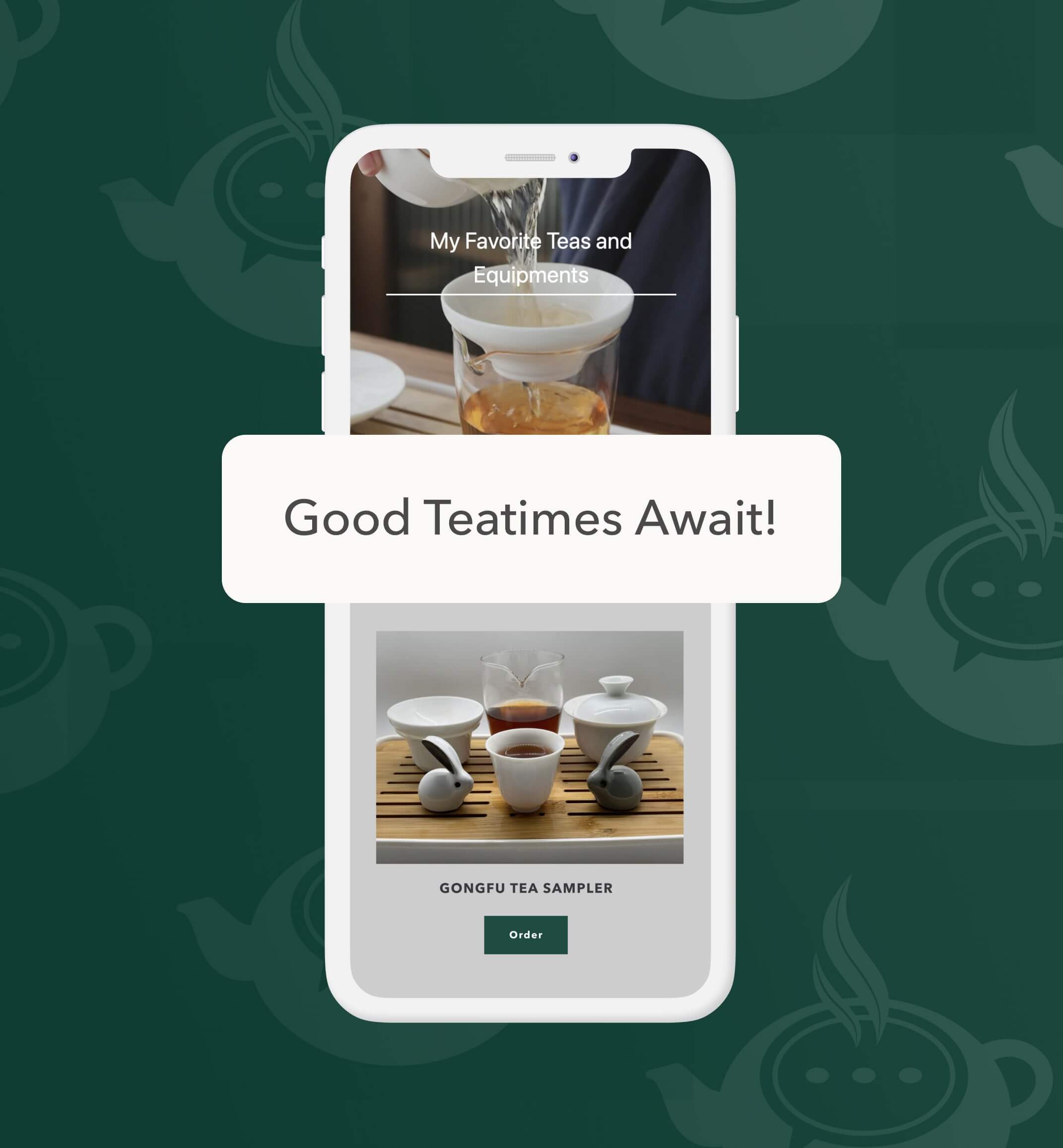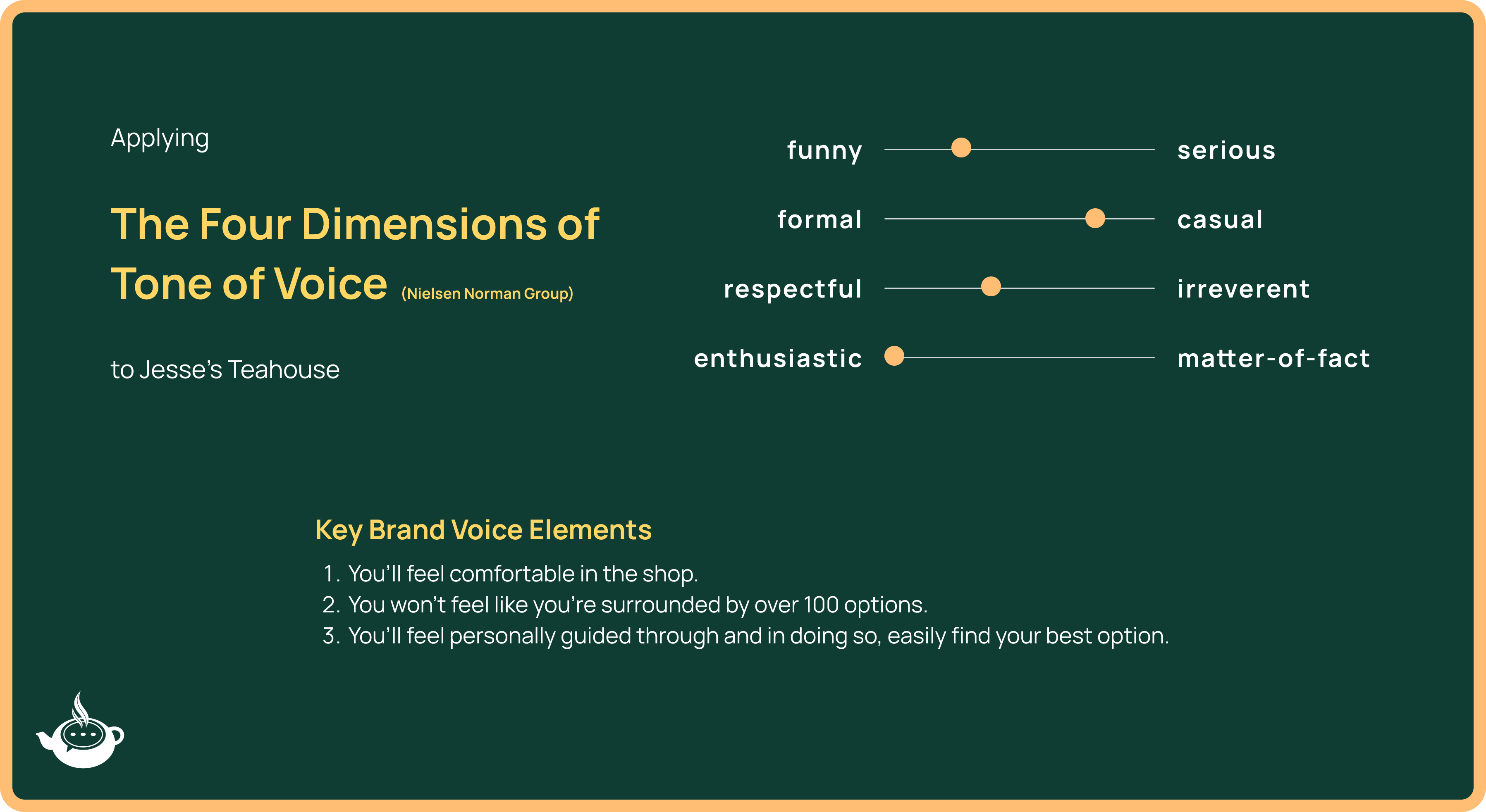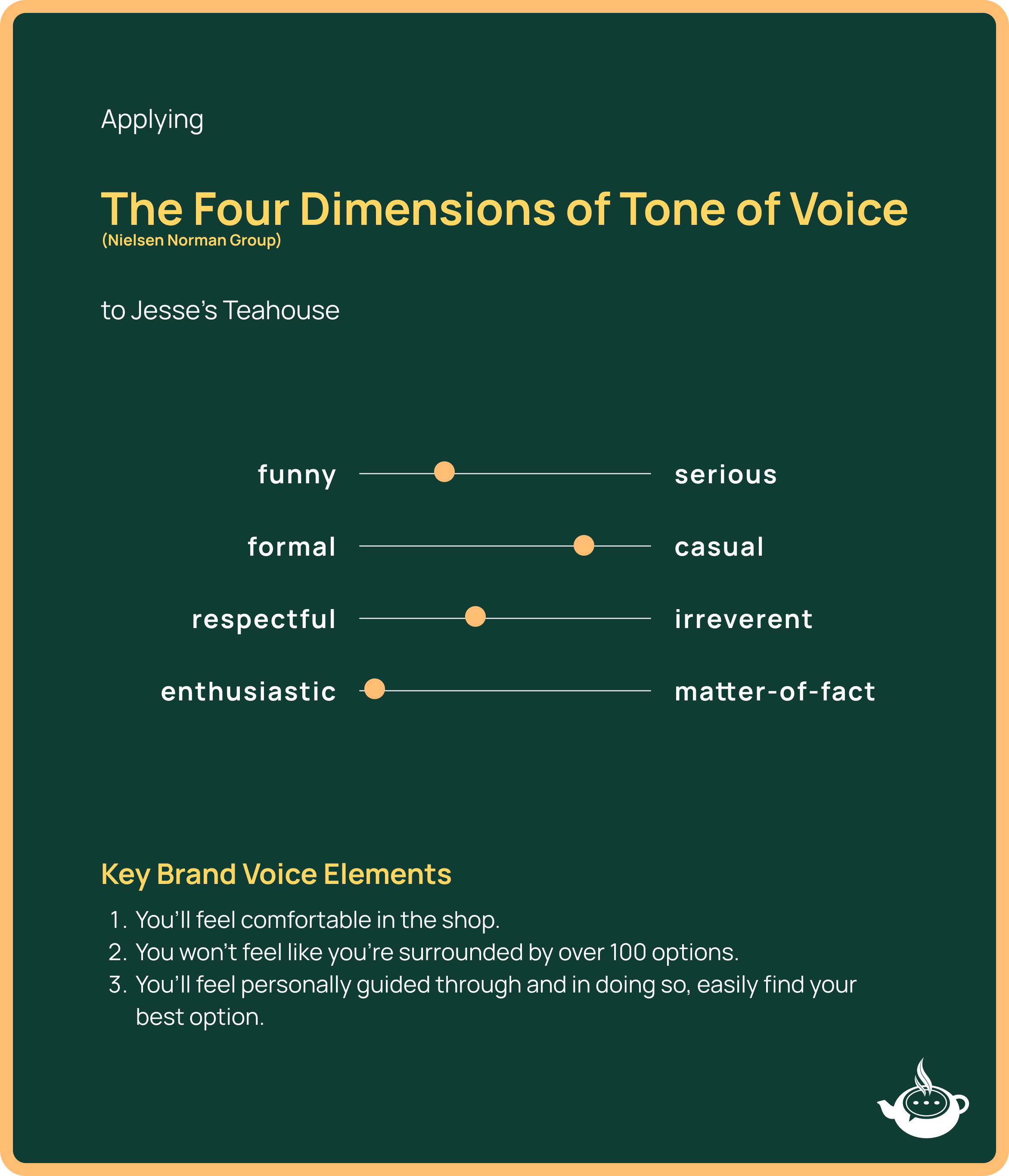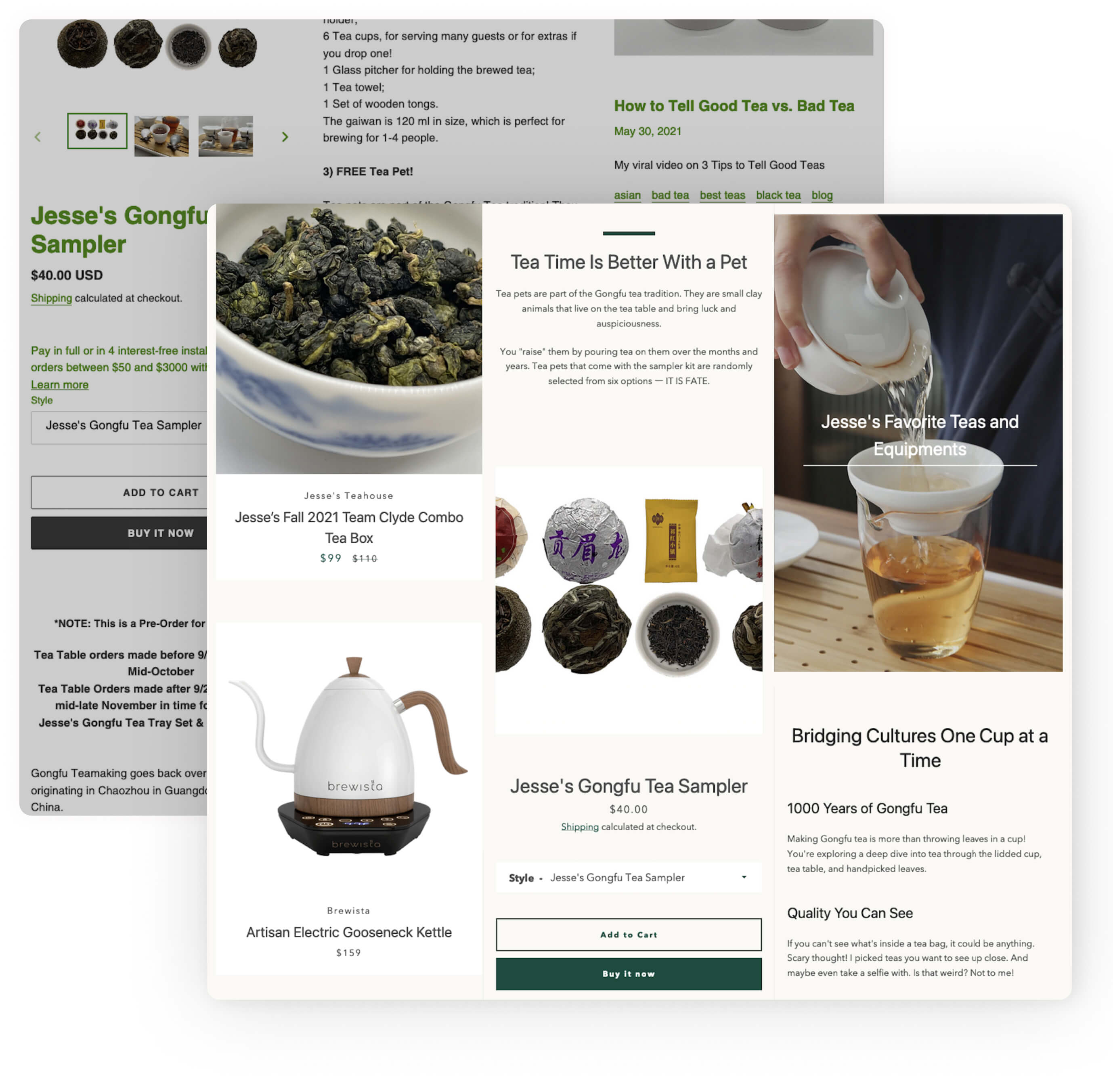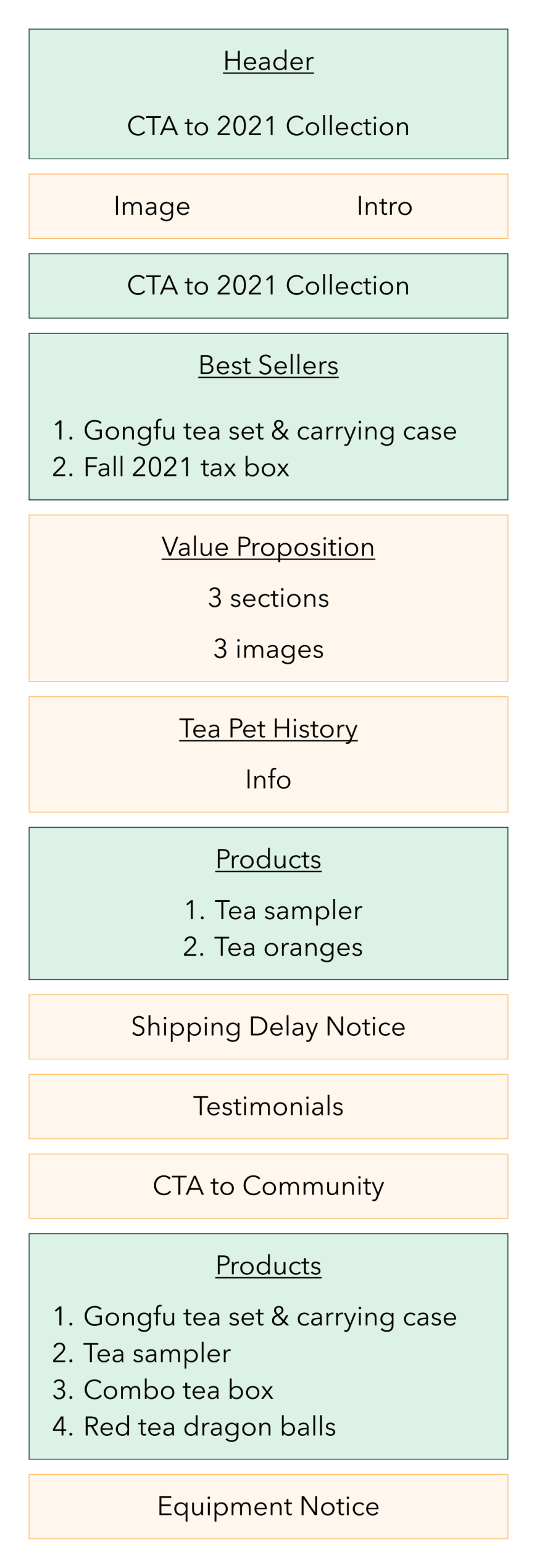“Previously, I’ve had a little trouble on what to choose, just because it’s a really vast pool. You do a really good job at narrowing the world of tea down to the good stuff too lol, so thanks for that. Really helping me get where I want to be in my tea journey.”
